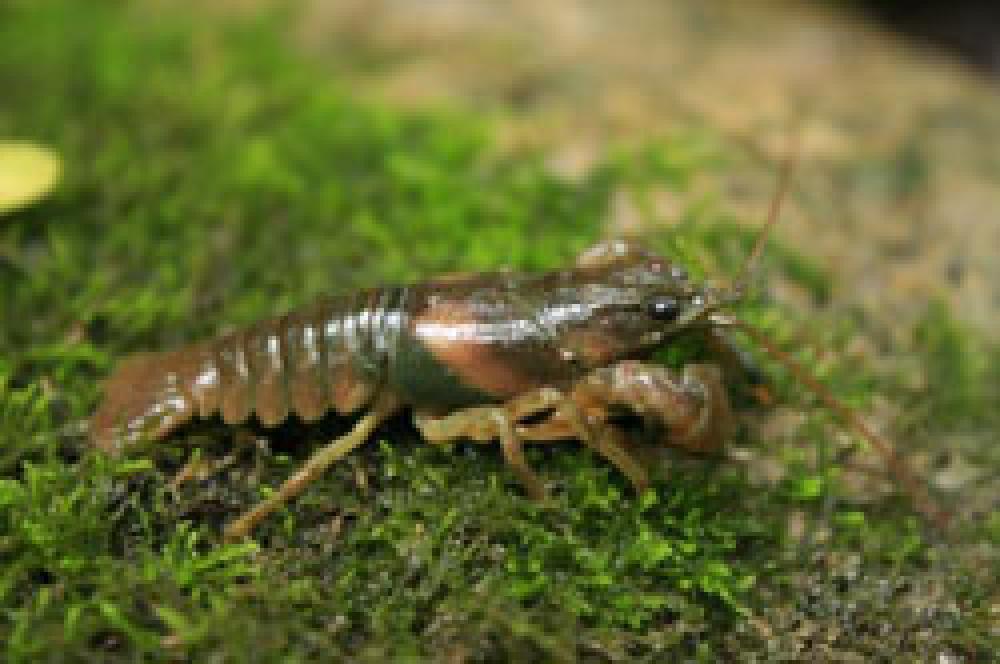Nashville native is the latest target of endangered species rollbacks
The Nashville crayfish is a unique species — the only one whose entire range is confined to Nashville’s Mill Creek watershed. Since the mid-1980s, the Nashville crayfish has been protected by the Endangered Species Act because of threats from development in what is now one of the fastest-growing metropolitan areas in the nation.
Inclusion on the Endangered Species List has not only helped the Nashville crayfish survive, it has helped protect the water quality of Mill Creek and its tributaries— which feed into the Cumberland River, an invaluable drinking water source for Middle Tennessee.

Nashville Crayfish
The Nashville crayfish habitat creates an important buffer for flooding along waterways in the Metro area.
Inexplicably, despite rampant growth in the Nashville region exacerbating the risks to the species’ survival, the U.S. Fish & Wildlife Service recently proposed removing the Nashville crayfish from the endangered species list.
“The Fish & Wildlife Service is moving ahead with this proposal despite the lack of any evidence showing that the risks to the Nashville crayfish have diminished,” said Amanda Garcia, managing attorney of SELC’s Tennessee office. “We know the agency has a political goal to protect fewer species, but this proposal doesn’t reflect the reality on the ground and threatens to drive the crayfish to extinction.”
Documents released last year through a Freedom of Information Act request made by SELC and Defenders of Wildlife revealed that the Fish & Wildlife Service has adopted a quota to downgrade protections, delist, or decline to list at least 30 species a year — a quota agency leaders have labeled a “Wildly Important Goal,” or WIG.
It is not clear yet if the Nashville crayfish proposal is part of that WIG quota, but there is no legitimate reason to remove the species from the Endangered Species List. The main threat to the crayfish is habitat degradation from development. The Mill Creek watershed is still seeing plenty of new development. In 2018, 82 people per day moved into the Nashville area, according to local realtors, and it was ranked as the 7th fastest growing city by Forbes Magazine.
Simply put, the Nashville crayfish is a small species in a small watershed that runs adjacent to — and, as urban encroachment continues, increasingly in the midst of — a big city. It has survived because of the Endangered Species Act. That listing has also helped inspire local efforts to protect the watershed, including removing dams and requiring vegetative buffers to prevent runoff and siltation.
On behalf of Cumberland River Compact, Tennessee Chapter Sierra Club and other local conservation organizations, SELC is preparing comments opposing the delisting proposal.
